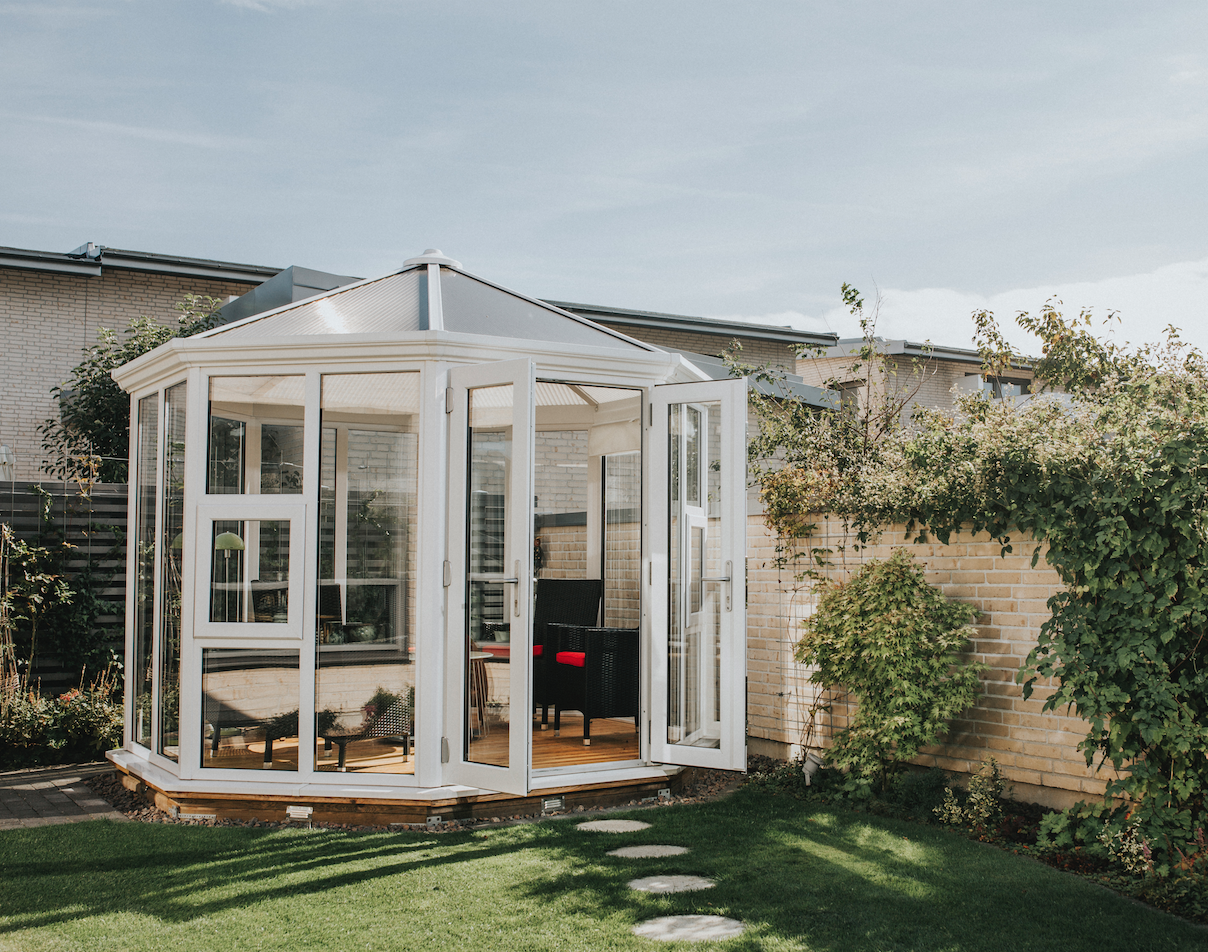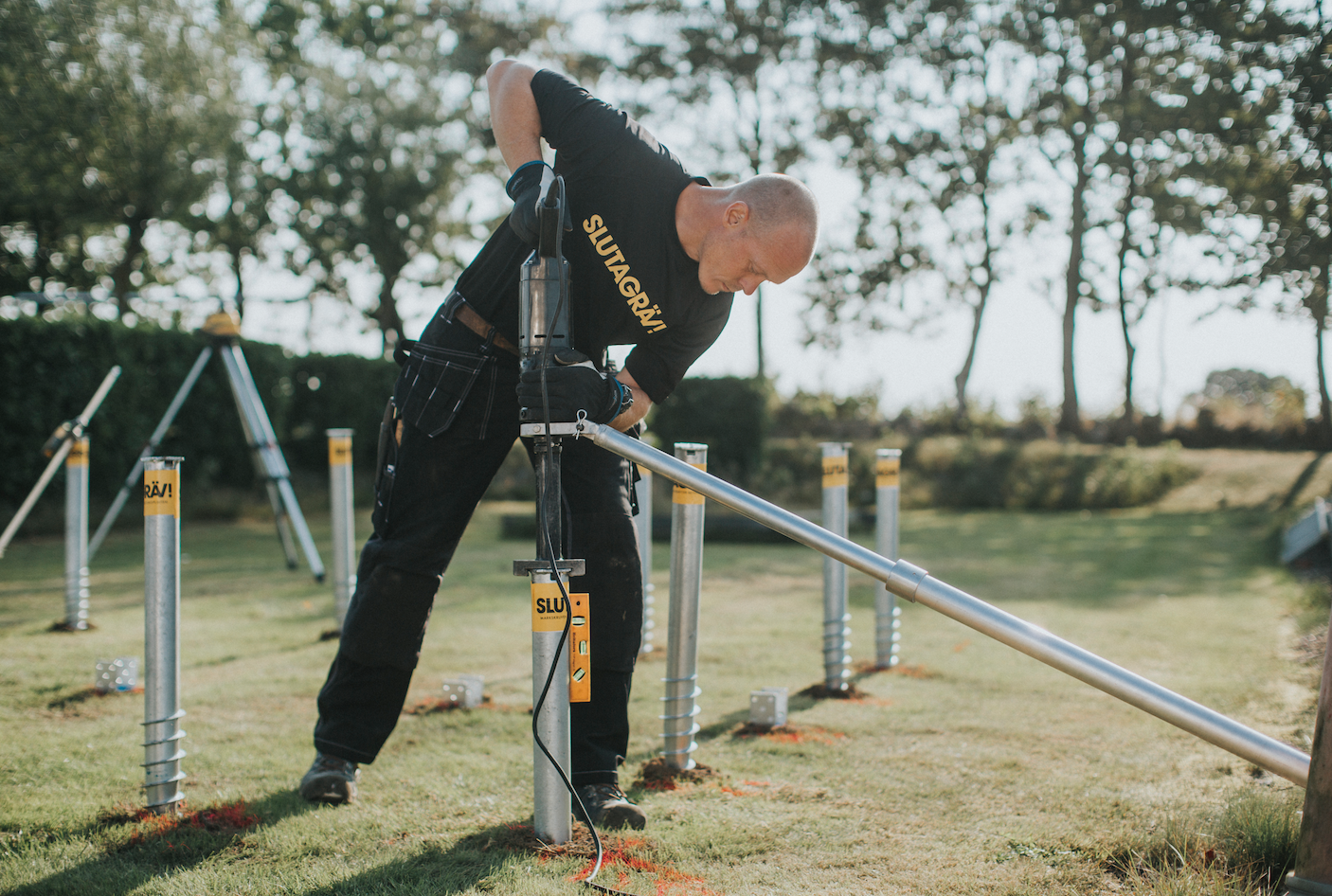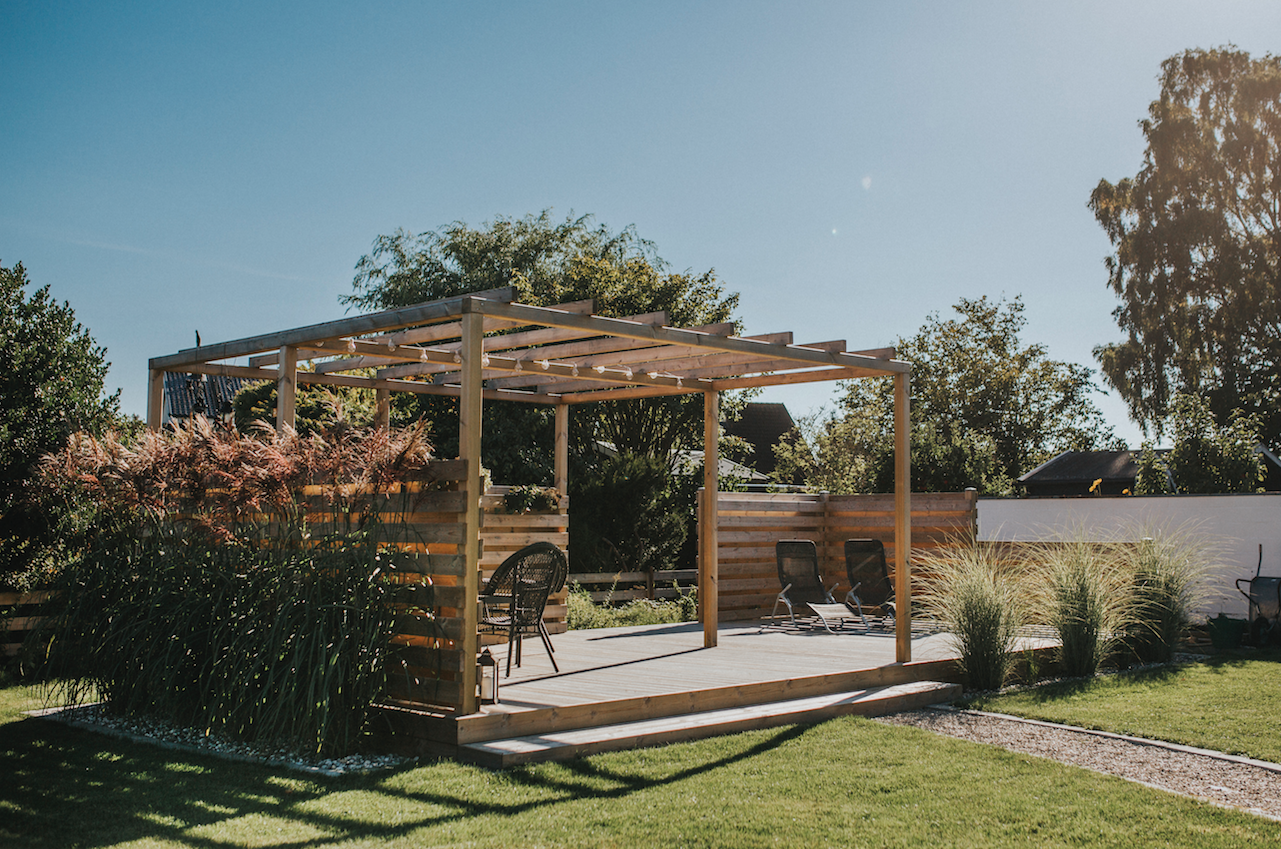Ground screws: an eco-friendly alternative to concrete foundations
For small projects such as garden rooms, is it time to embrace the ground screw over concrete for the all important foundations?

The concrete sector is working to reduce its carbon footprint but it's unlikely ever to become what could be termed a sustainable industry. Urbanisation means millions of gallons of concrete are poured in cities around the world day-in, day-out, but for individuals with small building projects, there is an alternative to having a concrete base, which is to choose ground screws instead.
Concrete is an absolutely essential material for the building industry and it's unlikely a future Shard or the Burj al Arab will ever sit on ground screws. But the manufacturing of cement to make concrete accounts for five cent of global CO2 emissions and it ranks third in the production of manmade CO2 emissions worldwide after transport and energy generation; and as such there is a need to use alternatives to concrete foundations for smaller building projects.
Concrete is strong and long lasting but it's not indestructible and when it does need to be disposed it, it invariably ends up on landfill sites where it does not biodegrade. A lot of us know it's big user of water but we think it's not so bad really because concrete is derived from natural stone. And hey, didn't the Romans use it?
How does cement used today differ from that used in the past?
Hydraulic cement, better known as Portland cement, is the modern artificial type of cement used in construction. After the process of thermal decomposition of calcium carbonate to produce clinker (CaCO3 (limestone) + thermal energy > CaO (lime) + CO2), the clinker is ground with gypsum to create a powder (Portland cement).
In contrast, non-hydraulic cement produced by the Romans and other ancient civilisations was hardened by exposure to carbon dioxide (naturally in the air) without the need for water.
How is concrete made?
Elements are extracted from earth (e.g. sand, gravel, limestone, granite) which are mixed with cement material and water, which binds these materials together to create concrete.
Why concrete is not environmentally friendly?
Production results in high CO2 emissions and heavy water useage. CO2 is emitted at two stages of cement production: the first stage is as a by-product of burning fuel to create heat to drive the production process; the second is thermal decomposition of calcium carbonate to produce clinker (see formula above which many of you will remember from your GCSE science...) To produce one tonne of cement (40 standard bags), 780kg of CO2 is released. That’s almost 20kg of CO2 per bag of cement.
What are alternative solutions to modern concrete?
It is possible to find cement made from recycled and sustainable materials.
Rammed earth: this method involves compacting gravel, clay, sand, and water to strengthen the rammed earth. However, five to 10 per cent cement often needs to be added to this mixture which, as well as being time-consuming, diminishes its green credentials
Ground screws: they eliminate the need to create concrete bases for structures such as garden buildings, cabins, decking, fencing, signs, play area equipment, etc.
Stop Digging Ground Screws
Founded in Sweden in 2012, the company produces large steel ground screws to replace pile drivers and concrete during construction. This unique screw has been designed to withstand the Nordic climate and can be installed all year round. Different sized and shaped screws are used depending on land ratio, load, and type of project.
Sizes range from 865mm to 1200mm in length, with different width sizes available.
How do the ground screws work?
1. The area is checked with specialist machinery for underground pipes and cables
2. The footprint of the intended building is marked out accurately
3. String lines and ground paint mark the area where the building and screw locations will be
4. The holes are pre-drilled to deal with any obstructions and ensure accuracy in positioning the ground screws
5. The stop digging ground screws are placed in the pre-drilled holes
6. A laser level is used to set the best height for the building requirements
7. The screws are drilled into the ground within minutes
8. A timber frame and building can now be placed on top of the screws. Air passes underneath so damp will not occur.



